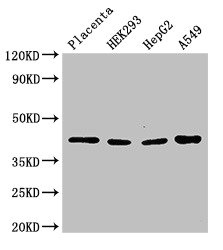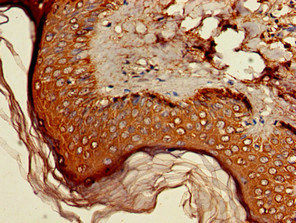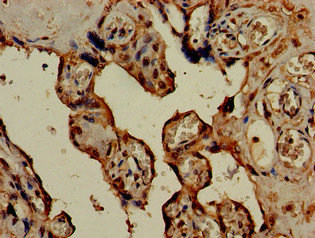A bifunctional enzyme responsible for the oxidation and isomerization of 3beta-hydroxy-Delta(5)-steroid precursors to 3-oxo-Delta(4)-steroids, an essential step in steroid hormone biosynthesis. Specifically catalyzes the conversion of pregnenolone to progesterone, 17alpha-hydroxypregnenolone to 17alpha-hydroxyprogesterone, dehydroepiandrosterone (DHEA) to 4-androstenedione, and androstenediol to testosterone. Additionally, catalyzes the interconversion between 3beta-hydroxy and 3-oxo-5alpha-androstane steroids controlling the bioavalability of the active forms. Specifically converts dihydrotestosterone to its inactive form 5alpha-androstanediol, that does not bind androgen receptor/AR. Also converts androstanedione, a precursor of testosterone and estrone, to epiandrosterone. Expected to use NAD(+) as preferred electron donor for the 3beta-hydroxy-steroid dehydrogenase activity and NADPH for the 3-ketosteroid reductase activity.







